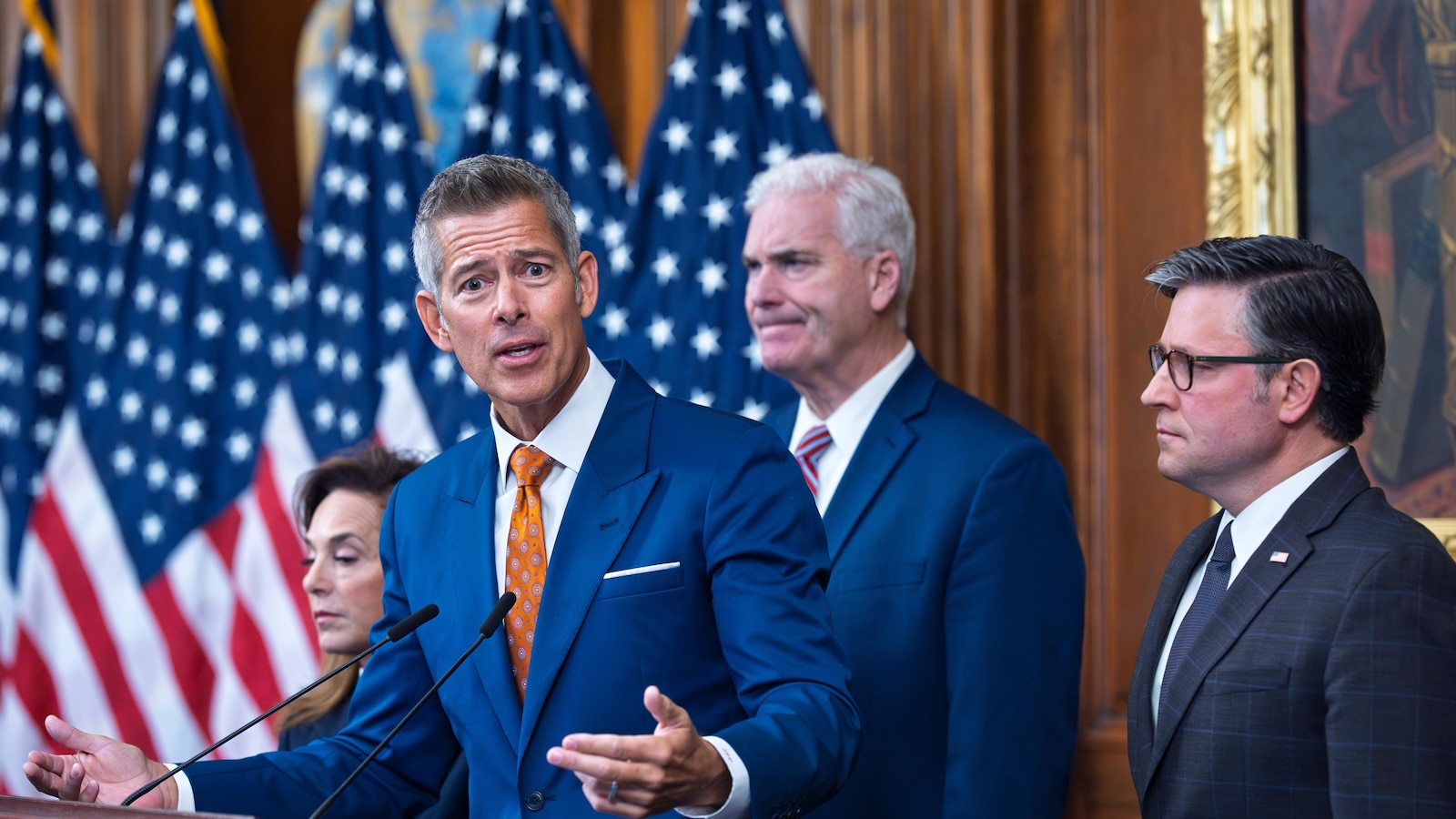US Airlines Cancel 1,000 Flights Amid Government Shutdown
US Airlines Cancel 1,000 Flights Amid Government Shutdown
US airlines canceled over 1,000 flights on Friday as they complied with the Federal Aviation Administration's (FAA) order to reduce service at the nation’s busiest airports due to the ongoing government shutdown. This directive was issued after a significant number of air traffic controllers, who have gone unpaid for nearly a month, began calling out of work, causing staffing shortages and safety concerns.
Gradual Flight Reductions and Impact on Travelers
The FAA mandated an initial 4% cut in flights, set to escalate to 10% by mid-November, affecting 40 major airports including hubs in Atlanta, Dallas, Denver, and Charlotte. While airlines have managed to keep most flights on schedule, passengers have experienced last-minute cancellations and longer security lines. International flights remain largely unaffected for now, but disruptions could worsen if the shutdown continues.
Efforts and Future Outlook
Airlines are adjusting schedules and repositioning crews to maintain essential routes amid uncertainty. Some lawmakers have urged the FAA to allow airports like Denver International to pay controllers directly to alleviate staffing issues. However, if the shutdown persists, flight cancellations could increase beyond the current 10%, seriously impacting air travel nationwide.
About the Organizations Mentioned
Federal Aviation Administration
The **Federal Aviation Administration (FAA)** is a U.S. government agency responsible for ensuring the safety, efficiency, and regulation of civil aviation and commercial space transportation within the United States and its surrounding international waters. Established originally as the Federal Aviation Agency in 1958, it became part of the Department of Transportation in 1967, adopting its current name[1][3]. The FAA’s core functions include regulating and overseeing air traffic control, pilot and technician certification, airport safety standards, and aircraft manufacturing and maintenance regulations. The agency manages air traffic for over 50,000 daily commercial and general aviation flights, ensuring safe and efficient navigation through the National Airspace System (NAS)[2][4]. It also develops and operates air traffic control and navigation systems used by both civil and military aircraft, showcasing its broad operational scope[1][3]. The FAA operates through five main lines of business: - Air Traffic Organization (ATO), managing air navigation services and control facilities such as towers and radar centers - Aviation Safety (AVS), responsible for certification of personnel and aircraft - Airports (ARP), overseeing national airport system planning and grants - Office of Commercial Space Transportation (AST), regulating commercial space launches and reentries - Security and Hazardous Materials Safety (ASH), focusing on risk reduction and infrastructure protection[4]. In addition to regulation, the FAA invests heavily in research and development, advancing aviation technology and safety systems, including aeromedical research and environmental programs addressing noise and pollution from aircraft[2][3]. Its mission emphasizes providing the safest, most efficient aerospace system globally, with a vision of integrating new technologies and users into aviation safely and innovatively[6]. Notable achievements include establishing stringent safety standards that have made U.S. airspace one of the safest worldwide and pioneering regulation of commercial space transportation, an emerging sector. The FAA’s commitment to innovation and safety continues to shape the future of aviation and aerospace, making it a central figure in both business and technolog








